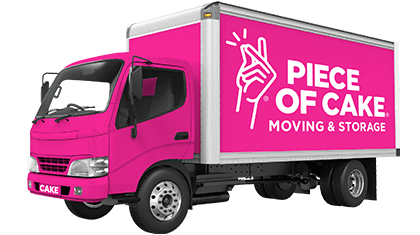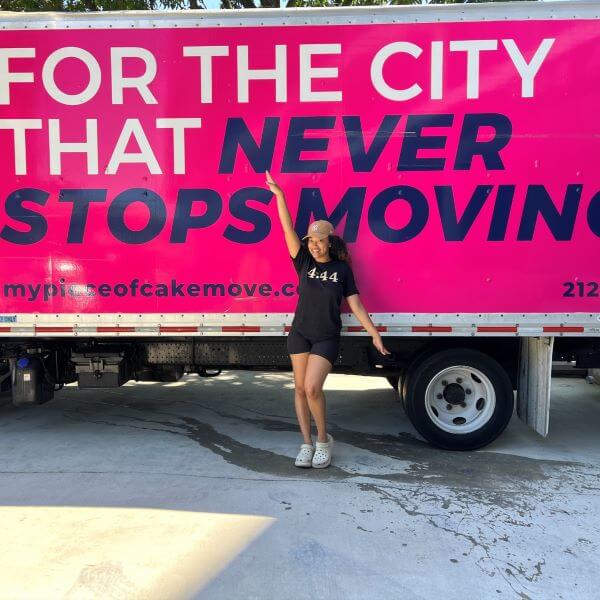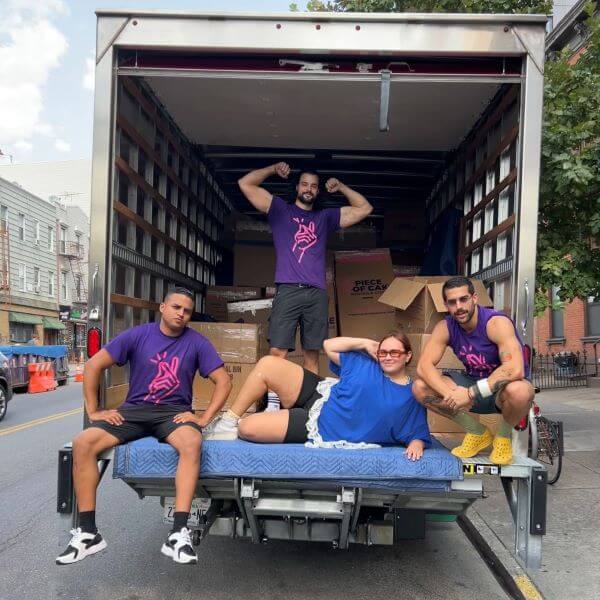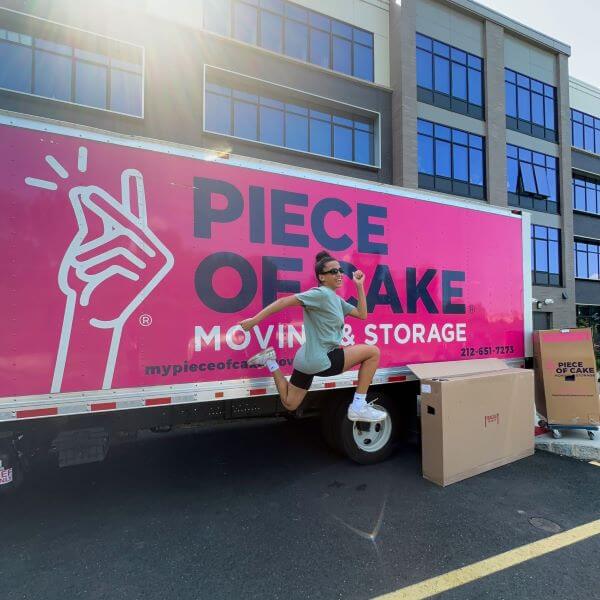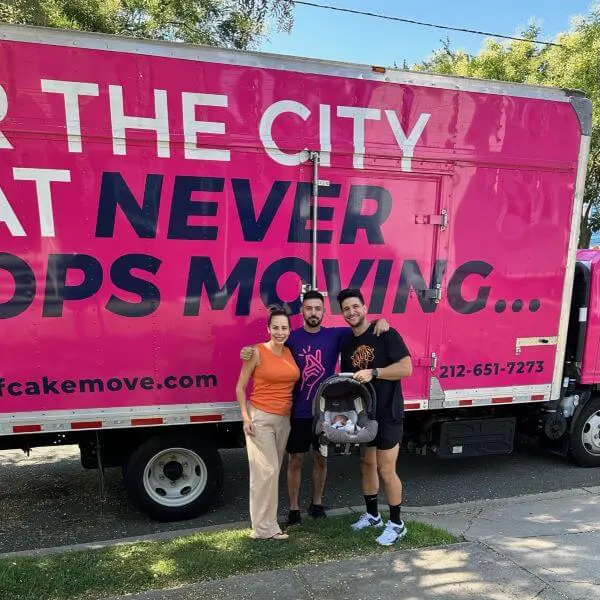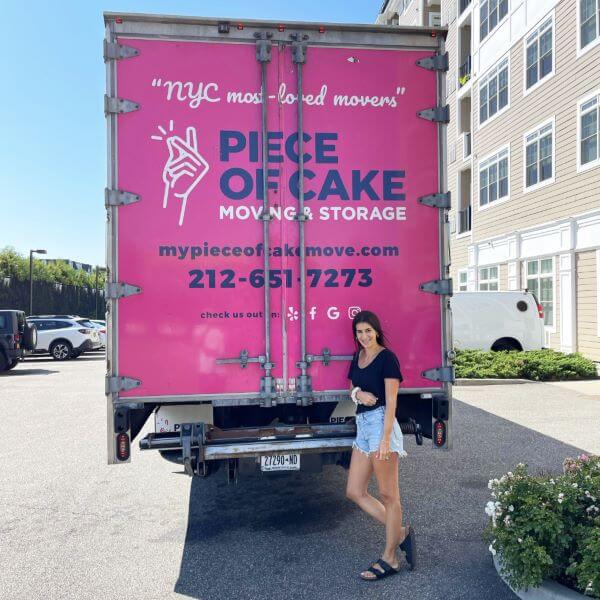7 tips for organizing your office move
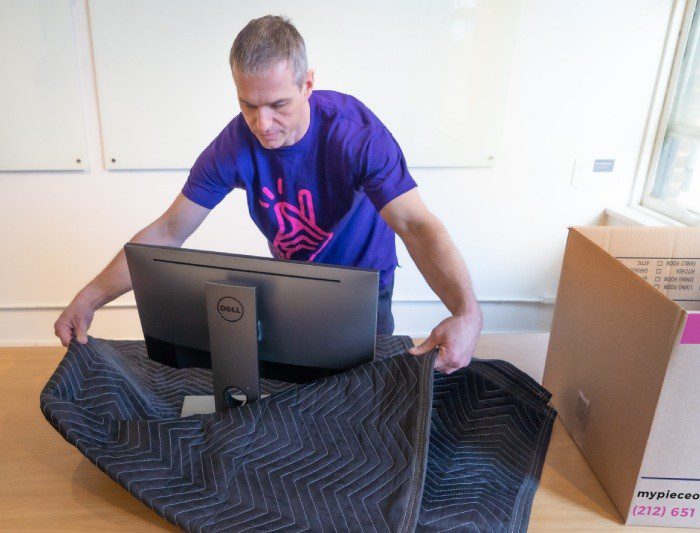
This article will help you to make your upcoming office move as seamless an experience as possible.
Office and commercial moves should be handled with care, by a professional mover with extensive experience in managing commercial inventory in a city like New York. Our guide to managing your office move, covers every step from the planning stage to resuming normal operations.
As workplaces adjust to COVID related disruption, businesses are making changes such as increasing their work from home options or moving locations all together.
Office and commercial moves to a new location or into storage should be handled with care, by hiring a professional mover with extensive experience in managing commercial move inventory in a city like New York.
Office moves are markedly different to residential moves as they usually involve much more inventory items, large pieces of furniture such as boardroom tables, sensitive business records and unique moving time requirements to minimize business downtime.
Commercial moves involve the transportation of a wide range of physical equipment including printers and computers but there’s also the data of the business that needs to be carefully managed, if it’s not largely in the cloud.
In our experience, the main considerations of business owners or operators needing to move are: budget, timeframes, secure processes and minimising disruption to their business operations.
We’ve compiled a quick guide to the key steps to delivering a smooth transition for your business and staff if you’re planning a move.
1. Define your needs and map out the timeline.
Whether your business is contracting or expanding or your lease has expired, being clear on why you are moving is important for getting your workforce on board and ensuring everyone can define their needs during the relocation.
Your movers can have you moved and set up within the day if needed. But ensuring your team and your business is disrupted as little as possible requires some planning and clear internal communications.
Your management team needs to define:
- Budget
- Organisational responsibility for various aspects of the relocation
- Management of moving information
- Logistics and impacts on operations
- Employee communications
Larger commercial operations may need to appoint an internal Moving Committee, made up of representatives from each division or department to engage with their team and coordinate regular updates. These division contacts will ensure each employee takes responsibility for packing their desk, files and personal items, separate to the IT infrastructure and furniture.
Smaller operations can appoint a project manager to ensure every aspect of the business is prepared for transportation and swift set-up at the other end. They will need to follow all the same steps outlined below, but hopefully at a scale that’s manageable for an individual.
Whatever the size and need of your business, project preparation is key to map out realistic time frames, meet your budget, communicate changes to staff and successfully steer through operational changes such as working from home arrangements during the transition days.

2. Take inventory and identify sub-projects
Before you approach commercial movers for quotes and clarify whether your budget extends to the full packing service, covers the transportation of your business inventory only or whether you’re planning a combination of packing, moving and storage.
Whether you have established a Moving Committee, or have a single project manager guiding the process, take a detailed assessment of your inventory. A physical walk through the space will enable you to identify any items not immediately apparent and any specialist labor required to disassemble equipment or make office repairs.
Take stock of all items on location including:
- IT systems & media hardware
- Wi-Fi, phone systems & cabling
- Sensitive documents & reports
- Signage & decor such as custom lighting
- Supplies & equipment including machinery
- Personal effects of each member of staff
- Desks, chairs and screen dividers
- Old furniture and items that can be donated, sold or discarded
- Kitchen items including crockery, glasses and water coolers
Once your inventory is identified it should be documented into categories and distributed amongst the Moving Committee to check for any omissions or changes.This Master Document should be updated and checked regularly in the lead up to the move.
With all inventory documented, take a second walk through the space, labelling or tagging items to be disposed of. When completed, clear each space of rubbish or donations, one zone at a time and have a supervisor mark them off as they are removed. Doing this in a methodical way, and not rushing means items won’t be mistakenly thrown away. Once your space is decluttered, the rest of your inventory will be easier to see and manage.
Next take a final walk through your space, noting what materials you might need for packing and in what quantity. If you are using professional movers, they can advise on supply and deliver them onsite. In some instances, custom crating may need to be constructed especially when equipment is high value and irregularly shaped.
This final tour will enable you to identify what other vendors you might need such as cyber security specialists, electricians or cleaners. It’s worth noting that consumer data that is protected under legislation in the United States, requiring business owners to keep it safe at all times including during an office relocation. Bring your IT team into the conversation and obtain their advice on what measures are needed to ensure a safe and incident free transition.
One of the subprojects also includes mapping out your new floor plan. After obtaining a drawing of the floor plan, draft a seating plan and get feedback from department or division leaders. Once there is consensus, distribute it to staff for their feedback and requests. If your move will require a new fit out or you are taking the opportunity to purchase new furniture, this sub project should include some employee feedback. Making them part of the process is good for morale and gives everyone an idea of what to expect in the new location.
3. Map your move
Now that all the components of your move have been identified including additional vendors to your movers, it’s time to schedule the deadlines of the move.
Again, we recommend the schedule for every aspect of your move is documented calendar style and distributed amongst your Moving Committee for checks.
It should include:
- Dates of Packing Days
- Dates of Moving Days
- The timing of communications to staff
- Notice to clients
- Moving Company Quote timing and decision making
- Project deadline changes
- Change of address management including online, business cards and letterhead
- Floor plan approval
- New furniture or fit out order and installation
- Projected return to normal operations
The Moving Committee can visit each of these components for updates in weekly meetings, or if you’re a lone project manager set up electronic reminders in your calendar in the weeks leading up to each deadline.
When your overall process is established it is time to begin regular and detailed advisories to staff.
Suppliers, vendors and clients should also have appropriate notice if they will be impacted by your move. A direct email or mail out campaign may be your preferred method of communication to clients, while walk in businesses such as cafes may find social media and their website are more effective tools.
It goes without saying, your marketing team should be part of the Moving Committee and create its own communications plan for the relocation, including any publicity material communicating the change of address. For smaller operations without a full time marketing team, be aware Google changes take a while to come into effect, contact them at least a month in advance.
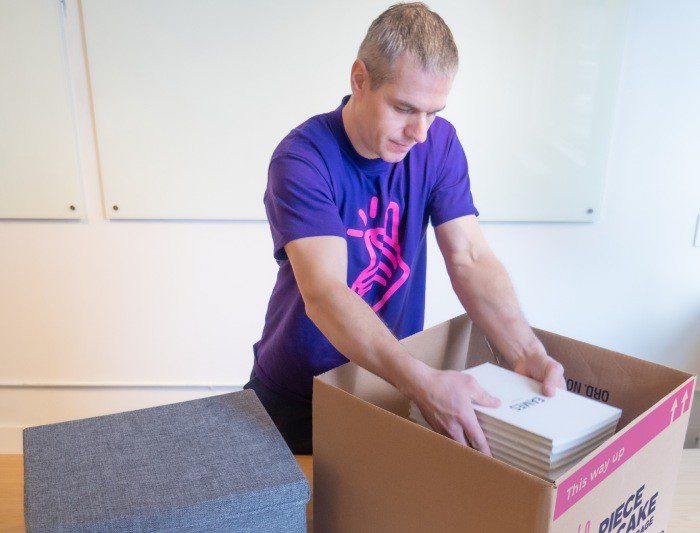
4. Obtain quotes and hire a mover
With your timeframes and a realistic moving day identified it’s time to create a shortlist of experienced movers, check their credentials and get some detailed quotes. Not all movers have the same commitment to customer service, safety and compliance, expertise or experience.
Ideally, finding a mover that can handle delivery of packing supplies, packing, crating, moving and storage is preferable to multiple vendors with differing abilities in coordination. An end to end service maximises efficiency and reduces the risk of unnecessary delays.
When speaking to a shortlisted mover ask them questions about:
- Flexibility. Can they work outside of business hours, or in the case of Piece of Cake 24/7/365?
- Their insurance and Certificate of Insurance requirements and handling of both your pick up and drop off locations
- Fee structure and additional charges, their pricing process and any hidden fees
- The range of services they offer and third parties they work with including on insurance
- Packing Service procedures
- References to previous commercial customers
- Storage options should you be downsizing. Having a combined moving and storage company means one set of hands will manage inventory
- Staff training and background checks
- COVID related health measures
- Terms and Conditions on changes to your moving date
Also be sure to cover any loading or unloading challenges and access issues in your quote, as this may impact those movers that provide time based pricing.
Once you have written quotes, your Moving Committee will likely make a decision on your chosen vendors before you pay any deposit.
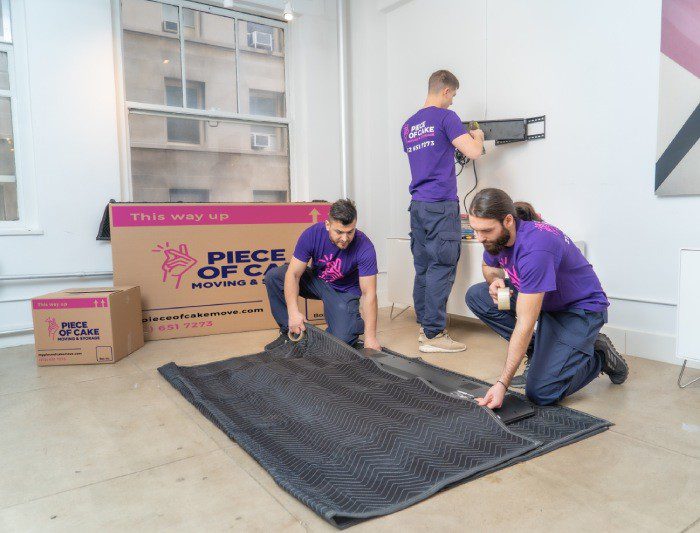
5. Office packing
Up until this stage, your move has had little impact on your employees. Once you start packing that will quickly change. Progress through your packing schedule methodically and carefully, in order to reduce the disruption to normal operations if possible.
The main principle of packing for a commercial move is to prioritise items to be packed, starting with the least needed items day to day and ending with the most vital equipment shortly before relocation. This applies to every size of move, confusion is the enemy of a stress free relocation.
Once the order of packing is determined, tracking and labelling is vital. That means an inventory page for each stage of the move should be created, distributed and marked as each section is packed. All boxes should be clearly marked and numbered to correspond with the inventory documents. Every piece of furniture and every box should be accounted for. Photographs can be taken before each box is closed to help with the process.
If you choose a Packing Service with a mover like Piece of Cake that has experience in New York business moves, they will work with you on a packing schedule and supplies. They’ll walk through the space with you in advance, take notes on items needing specialised management such as IT, identify items for custom crating such as high value art or oversized specialised equipment and create a plan for service delivery.
Professional Movers providing a packing service can also help you create a floor plan at your new office space and liaise with your removalist team on reassembling furniture and placement. They will ensure each employee’s box is relocated to their new desk making for a seamless arrival on day one.
Piece of Cake carries out background checks on all our staff and we use best practices for the integrity of our company and the confidence of our commercial customers. Our packers have handled commercial moves small to medium sized enterprises, retailers, law offices and restaurants.
If your business is self packing, boxing up items in the office space should happen in the same stages with the same level of care with labelling and inventory listing.
6. One eye on the destination
While packing and planning is underway for moving day, unlike a residential move, you have more logistics to manage at your new location.
Ensure you check in with your new building management or connect them with your movers to ensure insurance requirements, access such as elevator bookings, loading dock restrictions and pre-move cleaning is discussed before your inventory arrives.
There should be regular contact with the new building management to confirm all arrangements are tracking to time and have been confirmed. Any delays could have a costly flow on effect with your movers and other vendors so be sure to have a responsible party appointed to manage and report updates on this part of the process.
If you are fitting out your new location, or purchasing new furniture and equipment ahead of the move, ensure a member of your staff is on site to manage delivery and installation. If a designer has been engaged to oversee this process, ensure you meet them on site to walk through any questions and confirm final arrangements.
Your Moving Committee should have identified any utilities and services such as Wi-Fi and phone providers which need to be set up in advance of your arrival. They may also need new security passes, or interim security arrangements put into place for the first day your staff arrive at their new location. This is another opportunity to provide your employees with an update, including details they will need to enter the building on their first day.

7. Moving Day
Ideally, all of your staff will be off site on moving day with the exception of your move supervisors.
Your move supervisors will answer any last minute questions, monitor progress and coordinate any members of staff who need to be in attendance during the loading and unloading of the trucks. We recommend you have at least one supervisor at each location, especially if moving overnight or to a tight deadline.
If you are using professional movers, they will alert you on route to your location and manage the parking of vehicles in the loading bay or outside the building. Once they arrive, they will confirm the loading plan with you including any special requests before going to work.
As each box is loaded onto a trolley to be taken to the vehicle it will be marked off your inventory Master List. The same applies to all other items including furniture
Your movers may need to engage with building management, other tenants in the building, take questions from members of the team off site or carry out your move in a contactless manner without supervision, and ring or video call you at key intervals.
Once the vehicles are loaded, the lead supervisor will be asked to sign off on the departure paperwork of the moving company before they can leave. You will have an estimated time of arrival for unloading to begin at your new location.
On arrival at your new office location, they will follow the floor plan provided to them for the placement of furniture and boxes. A moving supervisor at this location can manage any trouble shooting and mark off the inventory as items arrive inside the office.
Once the movers have finished unloading, the final documentation will need to be signed, confirming receipt of your items. There is an option to tip your movers electronically at this stage.
Now, after all that careful prioritising of your items and boxes, you can begin unpacking in order of top priority and get key Departments such as IT in to begin their set up work.
We’ll leave a final word about taking a moment to enjoy this milestone in your business. No matter the reason for your move, plan a “welcome” and short celebration like a coffee hour for all staff where you can also make any pertinent announcements and mark your new chapter.
Ready to make a move? Get in touch today for an obligation-free guaranteed flat price moving quote.
Related articles
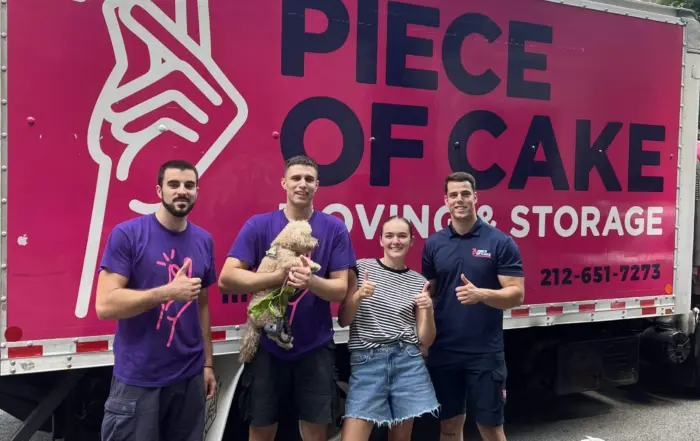
Average Moving Cost in Connecticut: Factors that Affect Moving Prices
Learn More
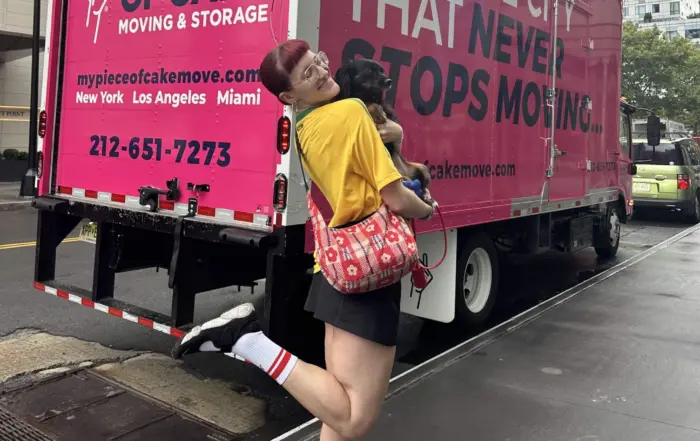
9 Tips for Moving to a Building with no Elevator
Learn More
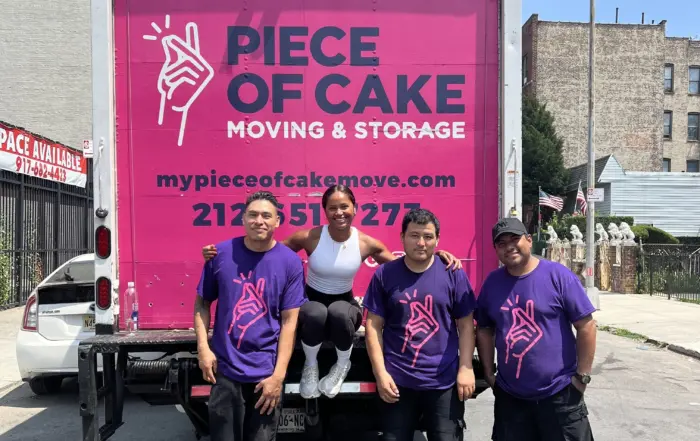
How to Get Rid of a Couch in 8 Easy Ways
Learn More
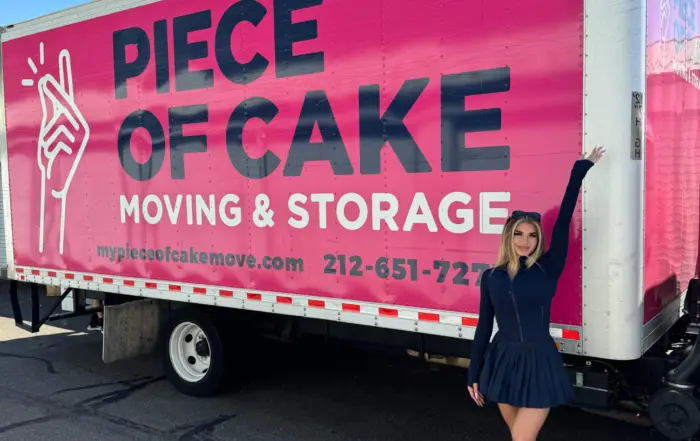
Average Moving Costs in NJ: Factors that Affect Moving Prices
Learn More
